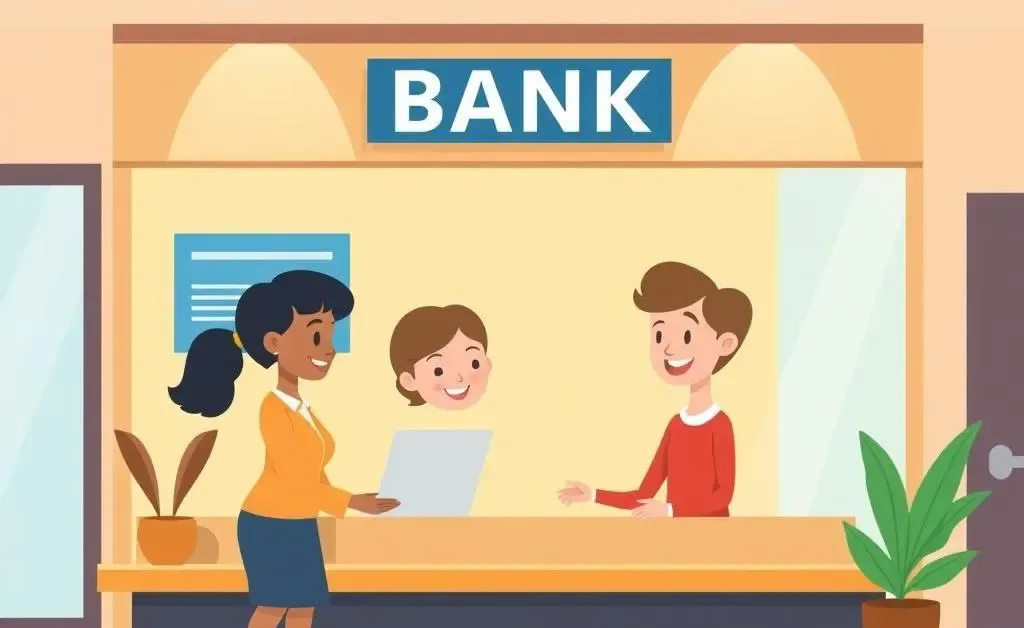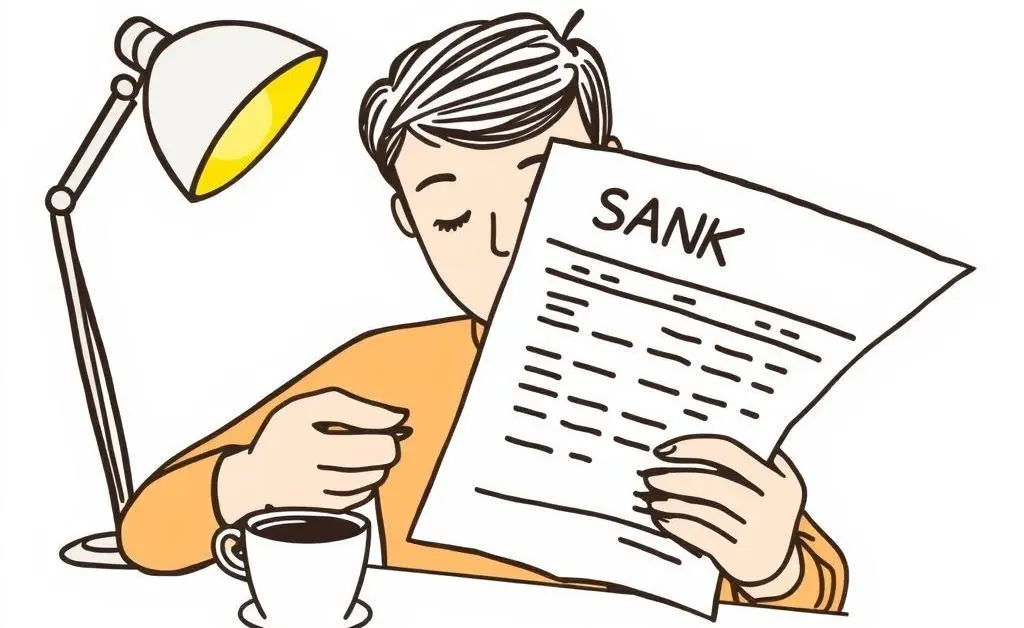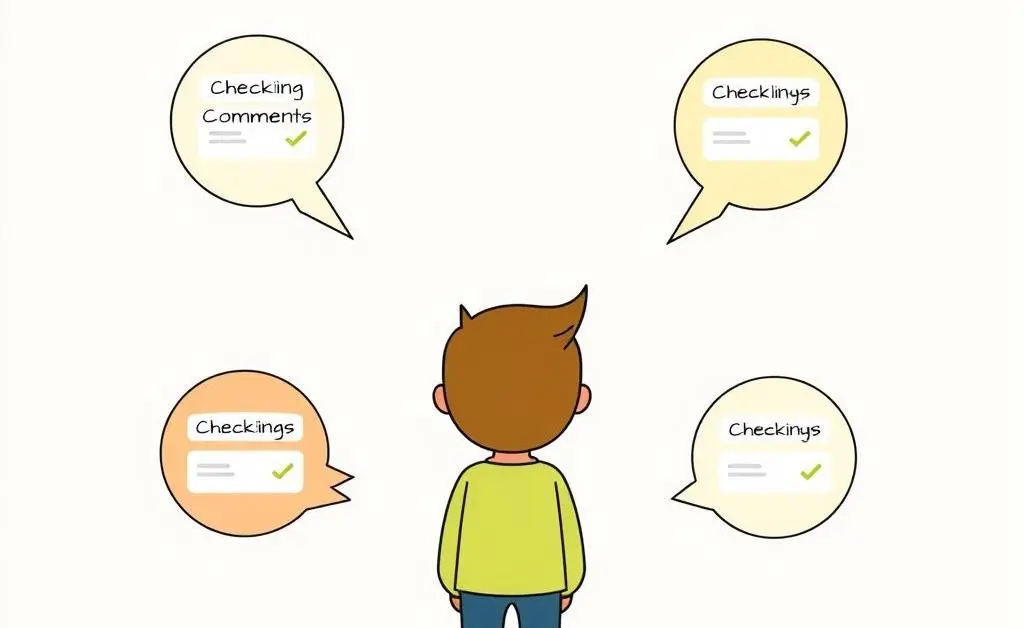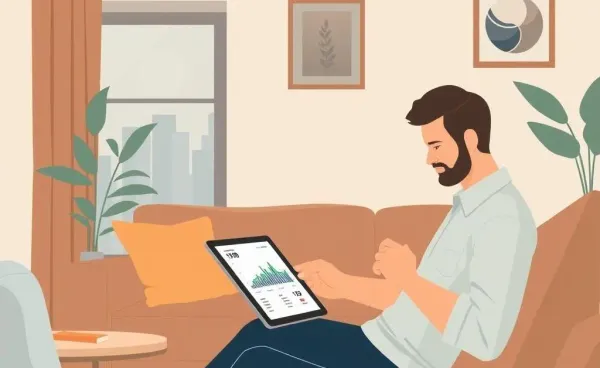Demystifying Everyday Banking: Answers to Common Questions
Learn the essentials of banking with clarity and ease in this warm, engaging guide.

Ever find yourself unsure about your bank statement or wonder what exactly a checking account is for? You’re not alone! Banking is a big part of our daily lives, yet it often feels more complicated than it needs to be. Let's break down common banking questions and make them as easy as your morning coffee.
Understanding Your Bank Statement
Bank statements can seem like reading a foreign language, but they’re simply a summary of how money moves in and out of your account. For Betsy, a fictional (but relatable) friend, seeing a mysterious $5 fee on her statement was as stressful as losing Wi-Fi mid-binge. Here’s how you can avoid similar surprises:
- Identify fees: Watch for recurring fees, like monthly services on your check.
- Verify transactions: Match every deduction with a receipt or memory.
- Check your balance: Make sure the final number is what you expected.

Choosing the Right Checking Account
Not all checking accounts are created equal. Take time to pick one that fits you like a pair of perfect jeans. Check if you prefer:
- No or low fees: Some accounts waive fees if you maintain a certain balance.
- Interest-bearing options: Earn a bit on your balance while it's not in use.
- Accessibility: Ensure your bank has convenient ATMs and branches.

Making the Most of Your Bank Visit
Walking into a bank can feel daunting, but you can make visits more productive with these tips: Prepare ahead of time, like John, who practically walks in and out of banks with the same grace he does a coffee shop.
- Bring necessary documents: ID, account information, and any forms needed.
- Ask clear questions: Ensure you know what you need before you go.
- Schedule appointments: Avoid queues by planning your visit.

And there you have it—banking in a nutshell. Taking a bit of extra time to understand these basics can save you stress and money. What bank-related question have you always wanted answered?




